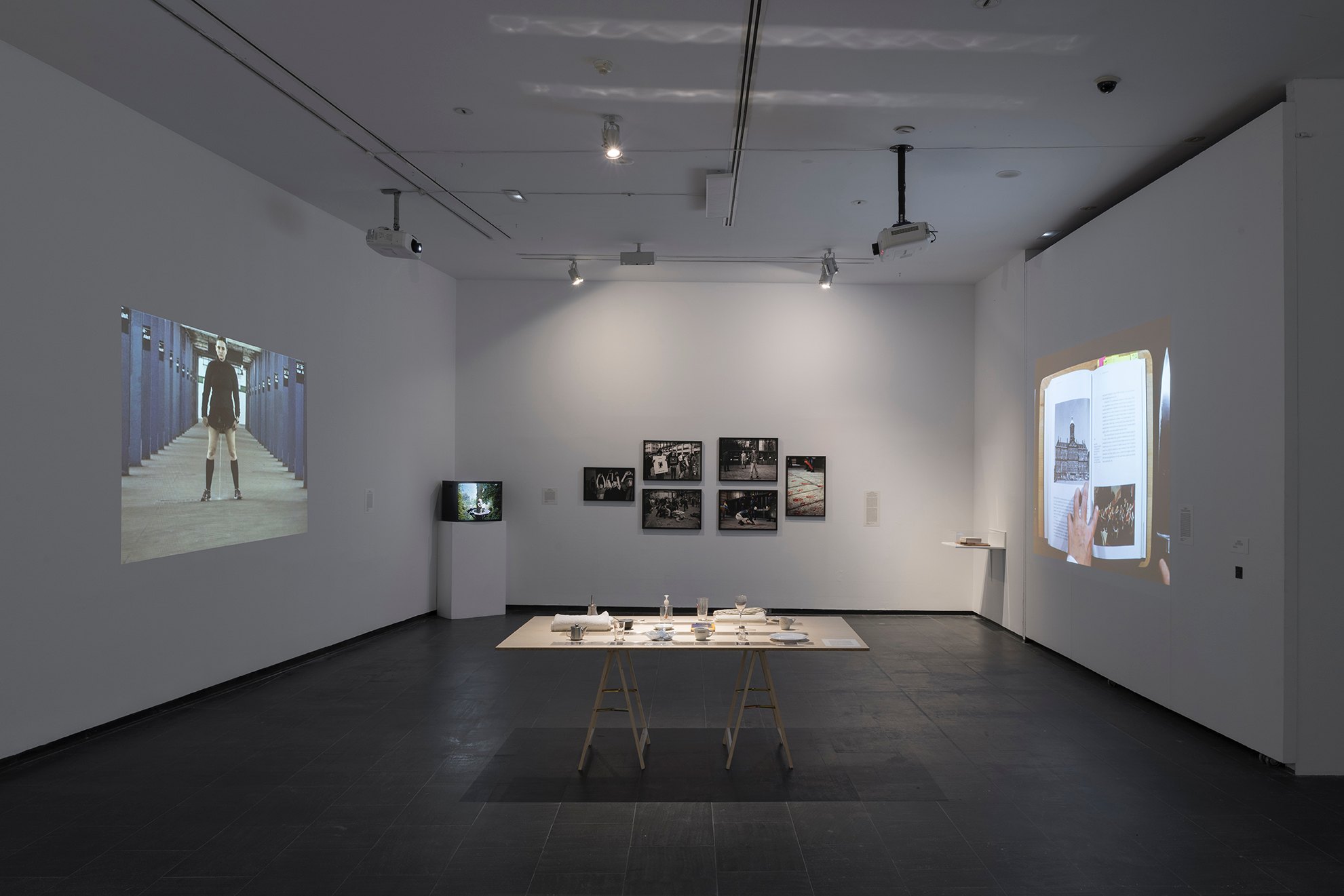
In museums like ours, experience appeals to the whole body, with its distinctive features, its desires and different possibilities. Performance is the way contemporary art refers to artistic productions that place the body, its articulation of presence and the temporality of its actions, at the heart of its proposal.
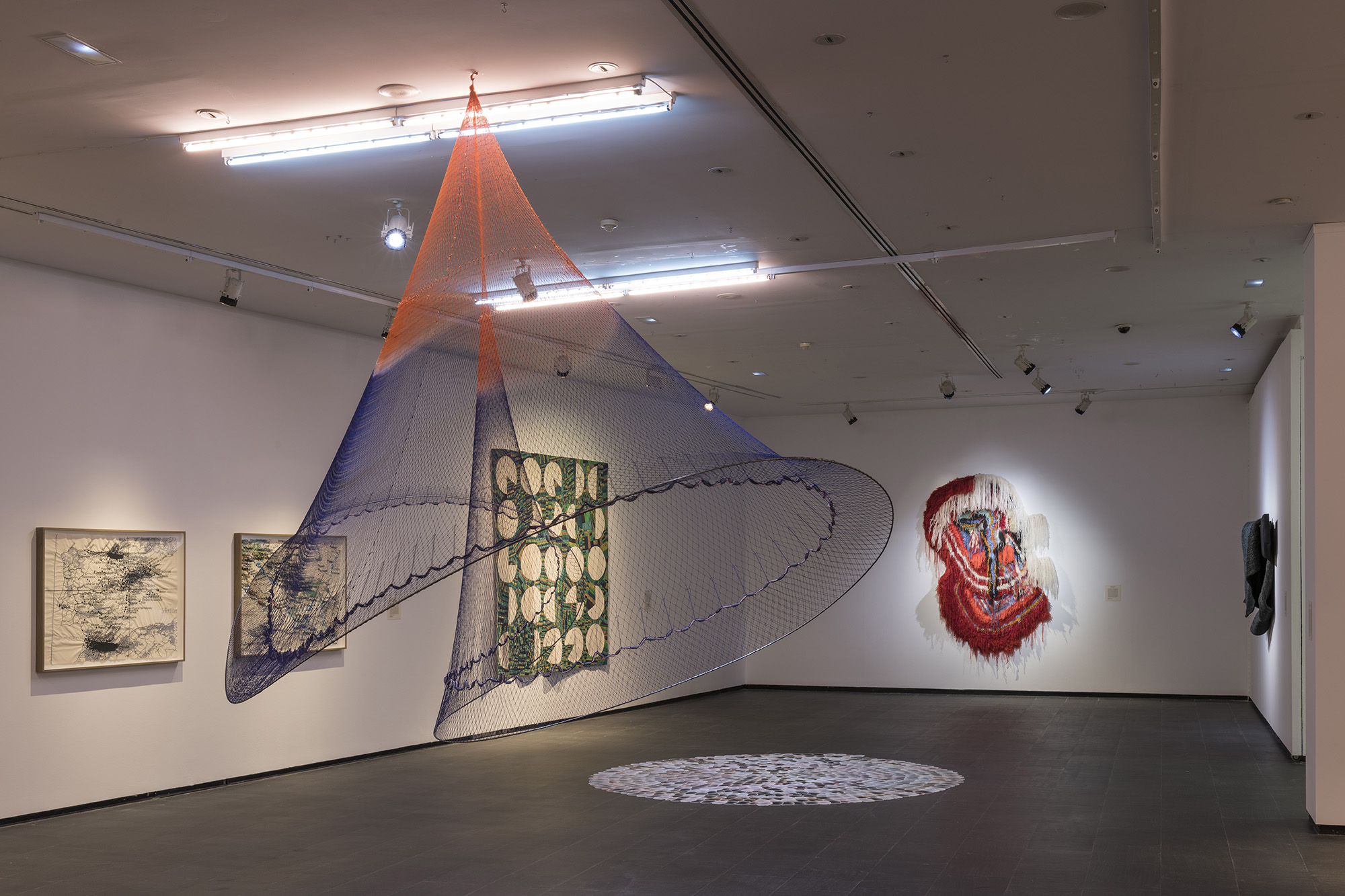
The pieces in this exhibition, from the CA2M and Fundación ARCO collections, enable us to trace the history of the use of textiles in contemporary art from the 70s to the present day.
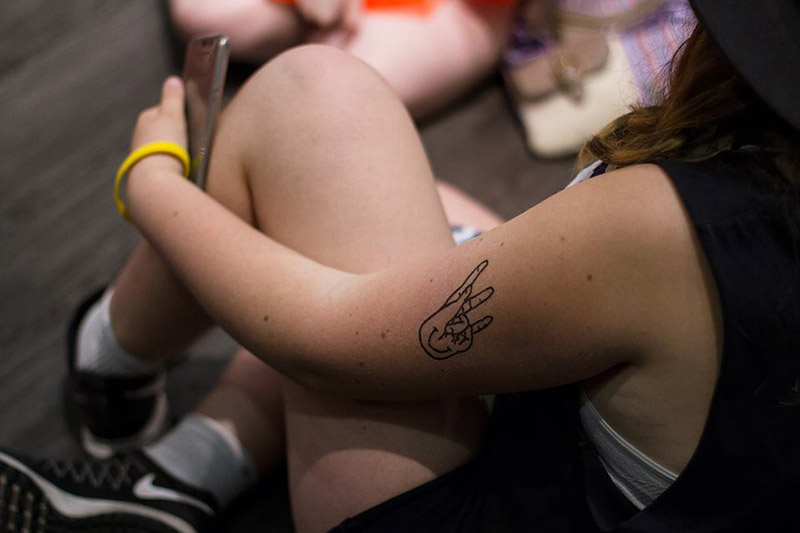
Hiding Place is a proposal to work with sound without making music, it is an unidentified action that only you and I know, a meeting without meeting.
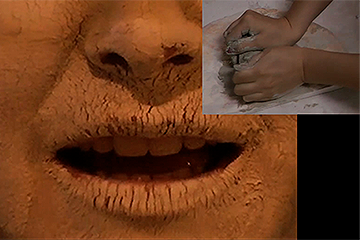
In a few thousand years a future archaeological excavation will discover what were the limits of the city of Móstoles in 2020 and there they will find, on the site of the Children’s Home, bits of ceramic which, when pieced together, will create objects with no recognizable use purpose.
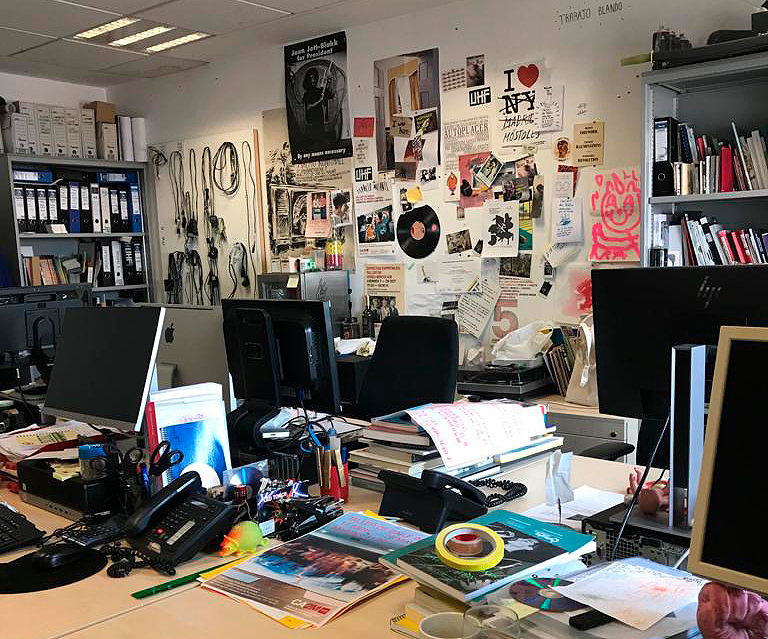
CA2M’s Education and Public Activities department will take on the functions of a customer services department, inasmuch as undertaking an effective management of ideas, at its offices located at no. 23 Avenida de la Constitución in Móstoles. We were going to provide people with support in the overall structuring, drafting, analysis, planning and compliance of their projects or goals, as long as they entered within the field of this Oficina de Gestión de Ideas (Ideas Management Office), a field which admittedly was and is extremely broad.
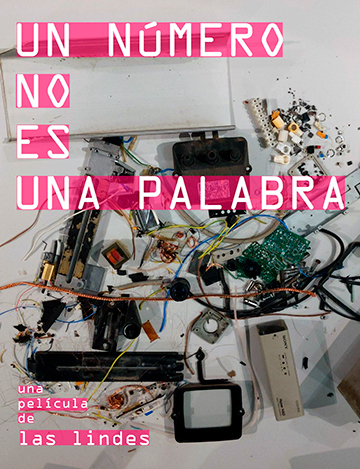
With the audiovisual “Un número no es una palabra” (A number is not a word) the Las Lindes collective is presenting fragments of the research and experimentation it has been carrying out over the last three years.
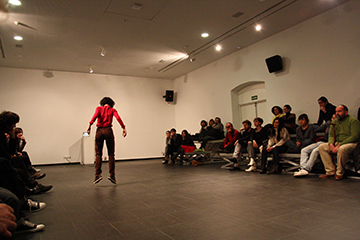
The workshop proposes a space in which we can rehearse the future(s) while dancing through different bodily practices, opening up a field of experimentation around the body (its uses, materialities and implications) and associating the experience with educational and learning spaces both inside and outside the classroom.

Roof terrace garden workshop
The CA2M’s roof garden has been up and running for seven years, a time during which we have lived through an intense process in which many people have taken part, making it a meeting point predicated on working together and sharing know-how. Today, the community formed around the roof garden at CA2M is taking on the challenge of opening up to new people without forgetting the research and experimentation that motivates existing members of the community.